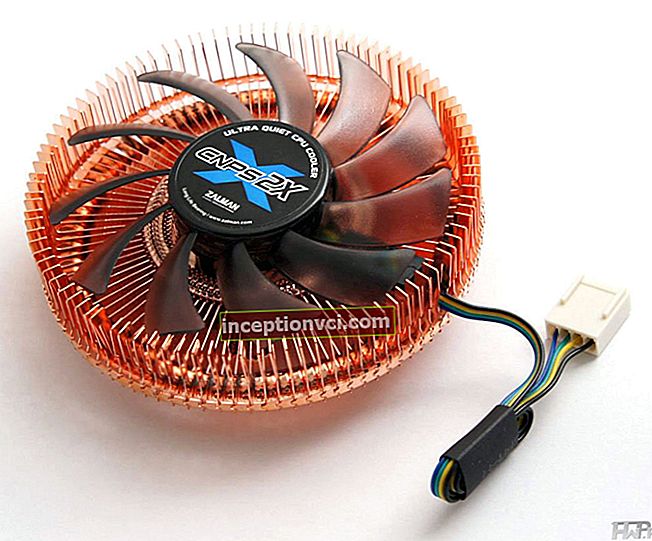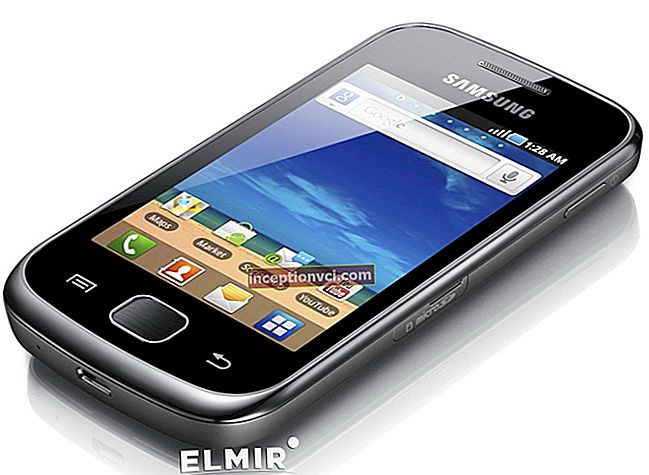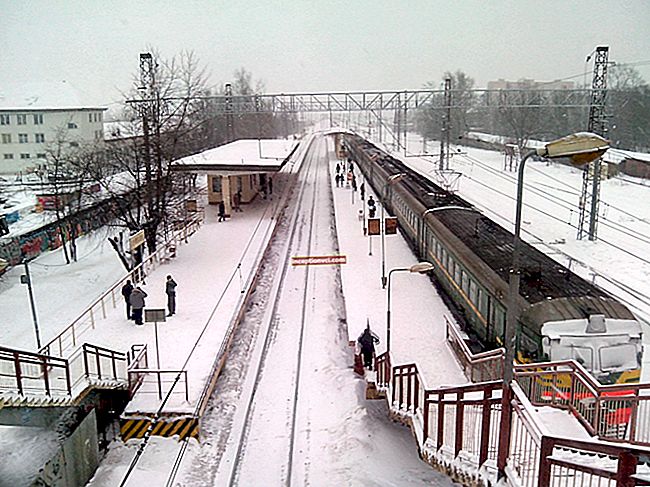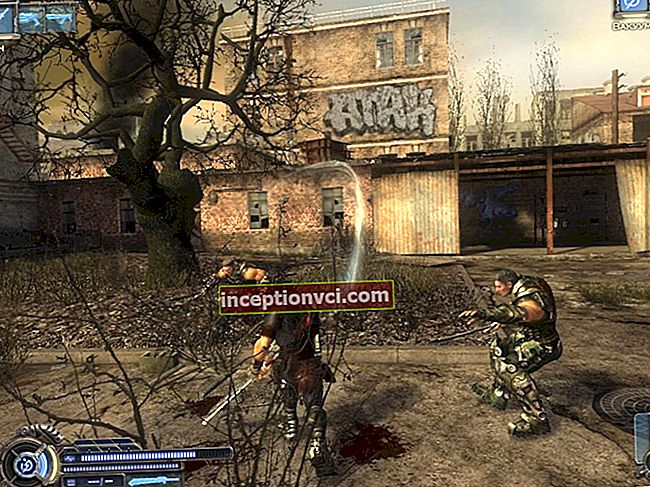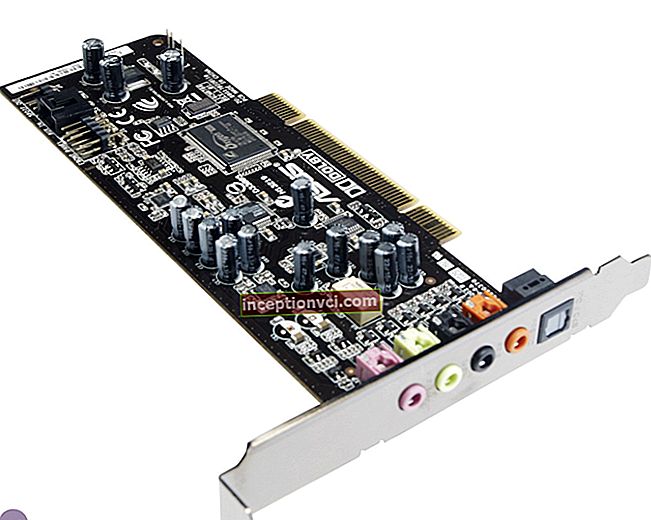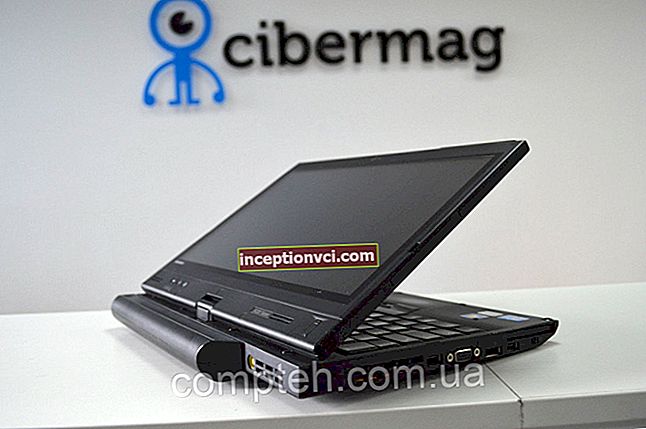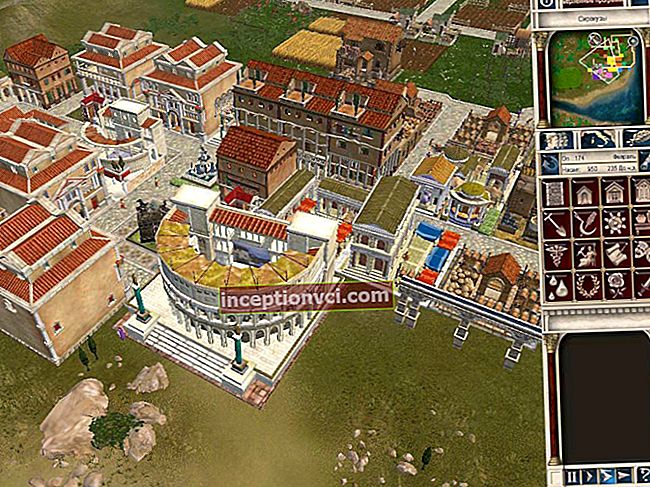We will be talking in this review about the system case in MIDI format. Versatile and versatile, they are the preferred choice for most home computers because they allow for proper cooling, multiple expansion cards, and multiple hard drives that are often required by our ever-growing multimedia collections. While MIDI will have a surplus of internal space for many configurations, they are often bought with a future in mind so that the user can easily add multiple drives, or even build a RAID array, without having to bother with the limitations of typical compact computers.
Cooler Master products are popular for their attractive price and functionality. The 690 II Advanced is new. This is a restyling version of the successful older model, which aims to increase user interest (and sales) through small improvements, changes and additions.

Externally, the design has not changed. This is another model of the system unit, the front panel of which consists only of a large metal mesh. The designers revived the appearance of the black box somewhat by introducing small decorative elements, inserting two thin shiny stripes that go around the entire body, trying to smooth out the roughness of the model by rounding the panel joints.
The coating of the metal is matte, not glossy. After all the shiny and glossy systems, this one is a real treat for the eyes. But don't think that this coating will be less sensitive to dirt and dust. The overall design does not look purely utilitarian, while the functionality of the system is not affected.
There is room for two fans on the side panel, supporting frame sizes 80, 92 and 120 mm. There are no fans and dust filters for them in the default configuration, although the grids on the front and top panels are equipped with such filters.

At the very edge of the top panel are buttons and connectors. The buttons are neat and of different sizes. In addition to the traditional power and reset buttons, there is a third one for turning on the backlight.
We also see a standard choice of connectors here: two USB ports are located far from each other, one eSATA connector and two audio jacks.

The back of the top panel is covered with a metal mesh, under which there is a thin cloth that acts as a dust filter. The top and front panels can be removed for cleaning.
A sloping surface is made in the front of the top panel. Let's take a closer look at this.

The manufacturer calls this the X-Dock. In fact, this is a pair of SATA connectors (interface and power) in a special external compartment. This is a kind of eSATA for people who want to be able to quickly connect hard drives without opening the case of the system unit. We like this idea, especially since its implementation is very cheap. This will be appreciated by people who prefer to store their data on hard drives stacked on a shelf. HDD testers will also appreciate this convenient feature.

But the implementation is not perfect. We believe it would be better if the inclined surface was designed in such a way that you would connect the hard drive away from you and not towards yourself. It will also make it easier to unplug the hard drive without damaging its connector (but we have to admit we have tried several hard drives with this X-Dock and didn't break anything). In addition, hard drive manufacturers recommend installing their products either vertically or horizontally and do not like such skewed positions, as this potentially increases the number of errors.
In any case, this solution is really good and will remain the most convenient until the eSATA interface learns to supply power to hard drives through a single interface cable.
If the buttons and X-Dock were horizontal on the front panel, the exterior of the Cooler Master 690 II Advanced would be just great!

If you don't need the X-Dock, you can cover it with a translucent plastic panel. Unfortunately, even 2.5-inch HDDs cannot fit into the X-Dock so that the lid can close.


The rear panel photo shows the bottom position of the power supply. At the top of the rear panel there are two rather large rubberized holes for the pipes of the liquid cooling system. The 120mm fan (A12025-12CB-3BN-F1) is where expected. It is included in the standard configuration of the system unit. Like the rest of the fans, it has both a motherboard-compatible 3-pin power connector and an adapter for a 4-pin power supply connector.
There is an additional bracket located vertically next to the expansion slot brackets. You can replace it with any bracket with I / O ports. This is useful if you have a lot of expansion cards in your computer.
There is room for an 80mm fan on the right panel, roughly opposite the back of the motherboard CPU socket. We're really wondering if someone will install a fan there. In any case, it will be difficult: there is not enough space for cables behind the motherboard mounting plate, and a standard fan does not fit there, you will have to look for a special thin model (you can hang the fan on the outside, of course, but it will not look aesthetically pleasing).

Support for this system unit does not differ from other products. In the front there is a large foot with two rubber pads. At the back, two sturdy feet are made of reasonably soft rubber and are housed in the corners of the bottom panel. There is a ventilation grill between the rear legs, which is obviously designed to keep the cooling fan running when the case is horizontally oriented.
The front of the bottom panel is provided with holes. In fact, there are two grids. The perforated panel itself is covered with a removable and thinner second mesh.

There are many interesting features inside. We have an original and convenient quick release screw mechanism for securing devices in 5.25-inch bays (by moving a lever), a laterally extendable six hard drive assembly, and a motherboard mounting plate with a lot of stiffeners. All Black. Each rib is carefully crafted. Steel 0.7 mm is used in every detail. That's enough to make the system stiff, but the side panels play a little when you handle them.

The PSU mounts with four small screws with soft washers and only mounts to the rear panel. It can be installed in two different ways. So, if you have a power supply unit with a horizontal fan, it will not create a counterflow of air with your video card, disrupting circulation.

There is a dust filter for the power supply, but you shouldn't forget about it, as it will need regular cleaning.

The expansion slot bracket is convenient to use and is made of the same metal as the entire body. It is secured with screws. By the way, notice the two slots along the expansion slots.

They are designed to do this to further support your graphics card and allow you to mount an 80mm fan next to them. These slots are necessary to secure the support at the required height. It can be used for multiple cards, but it depends on how far apart are the PCI Express x16 slots on the motherboard. This design feature can come in handy for heavy top-end graphics cards.

The top panel houses one 120mm fan (A14025-10CB-3BN-F1). You can add another 140 version or put in a pair of 120mm fans. A radiator for a liquid cooling system can also be installed here, if it is not very large: the motherboard is too close.

This case can be covered with fans on all sides. There is room for a 140mm fan on the front of the HDD rack, you can also add a 120mm fan on the back. Note that there are two sets of mounting holes: the fans can be at the top and bottom (I wonder which hard drives might require that much cooling), or they can be mounted at different heights to cool not four, but all six hard drives.

But if you only have two hard drives, you can simply remove the bottom of the four-slot rack by unscrewing a few screws. This will free up a lot of space inside the case. There are two places for 120mm fans on the bottom of the unit, which seems like an ideal place for a liquid cooling radiator (but you should use short (preferably 145mm) power wires for this).

Hard drives are installed in the rack using special rails. You simply slide the rails onto your hard drive by aligning the mounting holes. This installation system is lightweight and simple.


There is an adapter for installing 2.5-inch hard drives (for example, SSD) in the kit: two drives become one slot. Quite a convenient and useful solution.

For external 3.5 "devices, single rails and matching bezels are included. If you do not replace the bezel, you can use these guides to install the internal hard drive.

Now, let's take a look at the right pane where the cables should be hidden. There are many holes in the motherboard mounting plate, their edges are neatly flared. The window for installing the back plate of the CPU cooler is not large, so the back plate can be somewhat hidden from view on motherboards with different positions of the processor socket.



We had no problems assembling and installing our test configuration in this system unit. The Cooler Master 690 II Advanced can hold a graphics card up to 30cm in length, so you may only have some problems with the extremely long Radeon HD 5970.
The cables can conveniently be hidden behind the motherboard mounting plate, but there isn't much room. Closing the side panel can cause some problems, so you should consider beforehand how you are going to connect and route the cables so that they do not pass over each other. We managed to hide even the rather thick bundles of our power cables, but it took a while. A SATA cable with L-shaped connectors is preferable, as normal cables will press on the side panel and can get damaged.

The picture shows the case with the backlight on.
Conclusion
Subjectively, we liked this system unit very much. Maybe not perfect, but Cooler Master 690 II Advanced is a very good product that supports a wide range of computer configurations. It allows you to customize the ventilation system and is able to handle a large number of hard drives.
Cooler Master provides a convenient way to hide cables, supports up to ten fans, and has collapsible sections on the bottom of the HDD rack. It also offers a unique option for connecting hard drives outside the system unit - the X-Dock feature.
